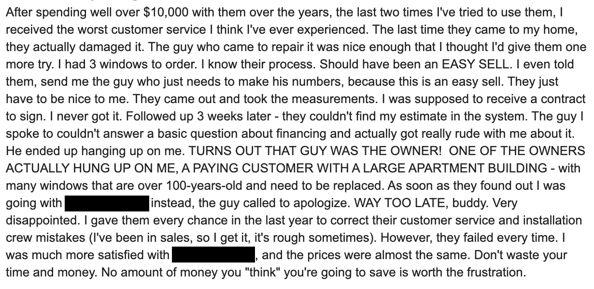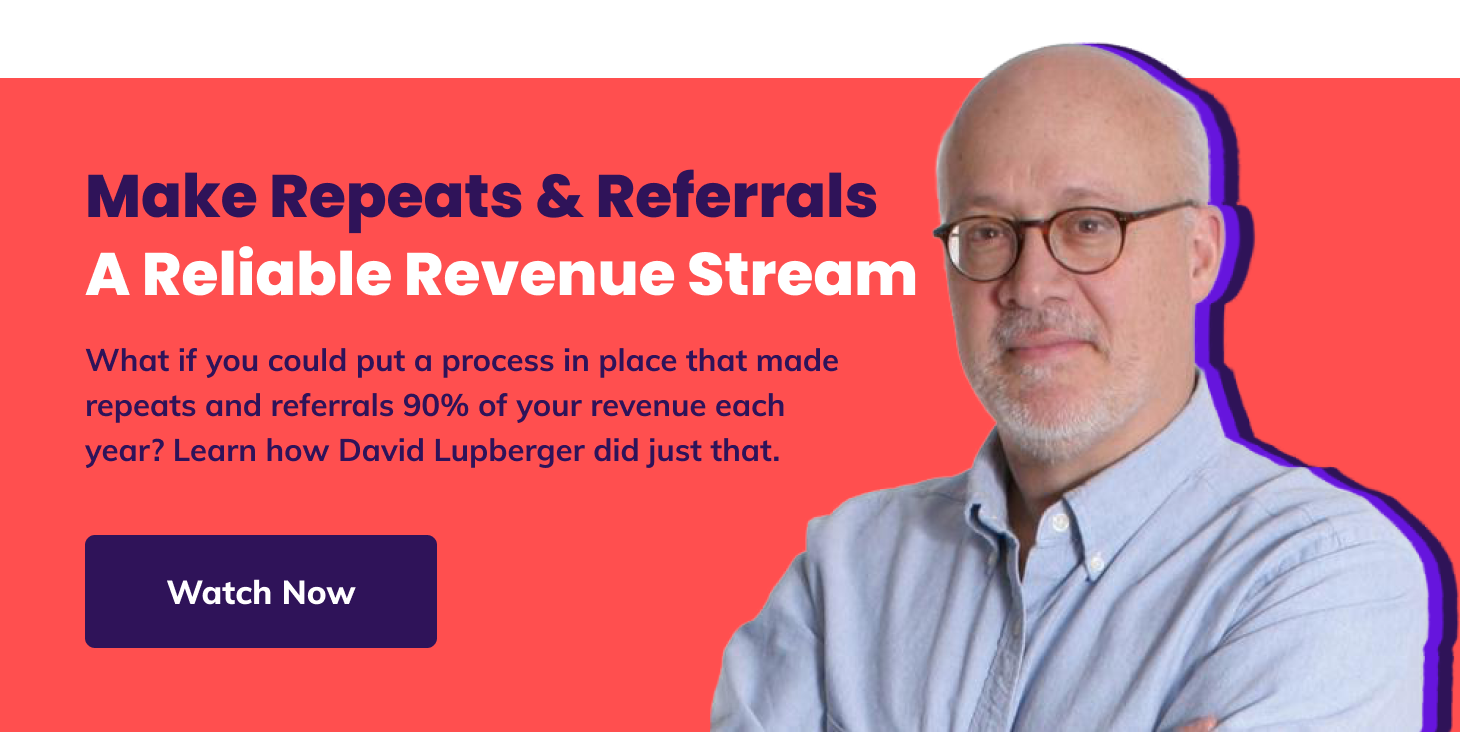“I’m still deciding.”
A common phrase heard in the sales process.
If you are in the home when this happens, it’s easy to determine WHY the homeowner said that phrase.
Maybe they are looking at color options, shifting through a sample book.
Maybe they are giving their spouse a side glance, which could mean the price is too high.
Or it could just mean that they flat out don’t like you (hey, it happens to the best of us 😄).
Those objections (and correctly responding to them) are the key to turning a lead into a customer.
While it can take a keen eye and ear to discern those objections with context clues in-person or over-the-phone, receiving that objection through text is actually much more straightforward.
Our data shows that around 80% of contacts respond through text instead of email or phone. Texts are shorter, and often get directly to the point with as few words as possible.
For home improvement teams, this means that the sales representatives and other team members need to be able to dig into conversations, discover the sales objection, and respond effectively...even if they have to do it all through text.
In this post, we’ll dig into some of our favorite tips for handling objections during sales follow up over text.
Correctly knowing how to handle objections will net you more sales...and help you avoid reviews like this 😬

Surfacing Objections Within Sales Follow Up
Sales Follow-Up is when you reach out to leads that have received a quote, estimate, demo, or scope of project but did not buy.
The first goal with sales follow-up is to surface any outstanding objections the prospect may have about moving forward.
We see the best chance for uncovering an objection is when companies send a series of text, email, and phone calls to engage the prospect following the appointment.
The main goal of these messages? Get the prospect to respond with the reason why they haven’t moved forward.
There are four possible reasons that a lead hasn't bought. Your homeowner objections will most likely fall into one of these four buckets.
- Pricing. They weren’t expecting the price they received - this is the most common.
- Timing. After learning more about the process they decide that maybe now isn’t the right time to complete the project, but they still plan to do it in the future when things settle down.
- Bad Experience with Company or Rep. Go look at your online reviews. How many "rep didn’t show up” or “rep was not respectful of my time” responses do you find? Even with the best coaching, your reps may not be "on" all the time, which rubs some homeowners the wrong way.
- Product Offering. Sometimes, the heart just wants what the heart wants. They could have their heart set on a specific type of product line or color that you can't just meet expectations with.
Once you’ve discovered WHY the prospect hasn't moved forward, then it can become much easier to respond effectively. 
Responding To Objections During Sales Follow Up
Once you have successfully surfaced the objection, now it’s up to the team to respond effectively.
It can be easy to see a text like “It was too expensive”, look at all the new leads coming in, and abandon the lead due to its potential challenges. But when a team does that, they will be leaving money on the table.
Sales teams with a lock-tight effective sales follow-up strategy can see a 7-10% increase in close rate.
Let’s go back to that “It’s too expensive” example.
Instead of casting it off as a lost lead, here are some ways to respond:
- Offer Financing. Our partners at Hearth found that only 25% of customers will refuse financing if offered. Use that to your advantage to make project more affordable.
- Provide Education of Product. Sticker shock is real. It could be that the prospect just wasn’t aware about how much a project might cost. Be a resource them and show them the value of the product they will receive.
- Provide Social Proof. If a customer is on the fence, sometimes showing them how their neighbors or other friends have moved forward can give them confidence to make a decision.
